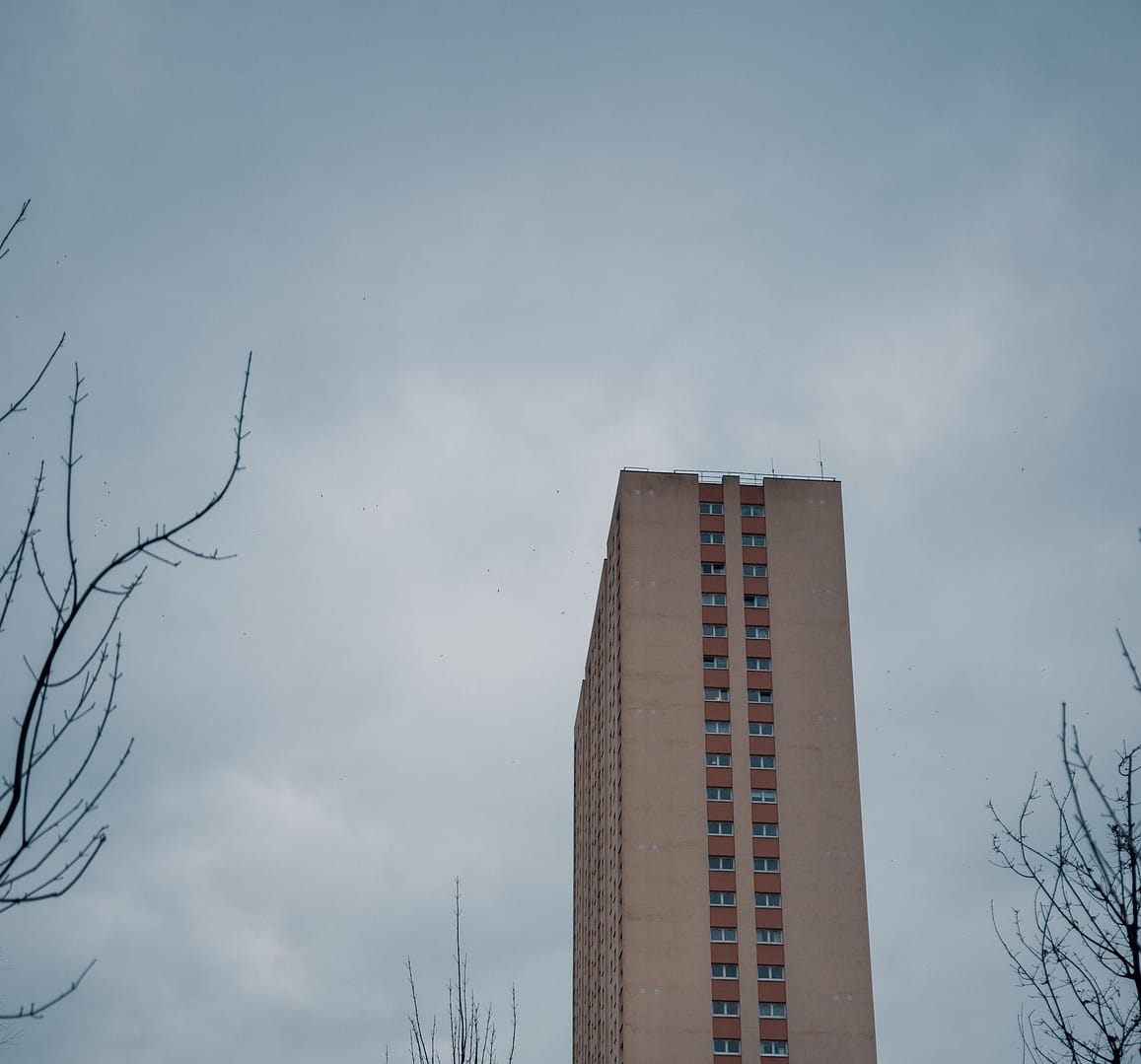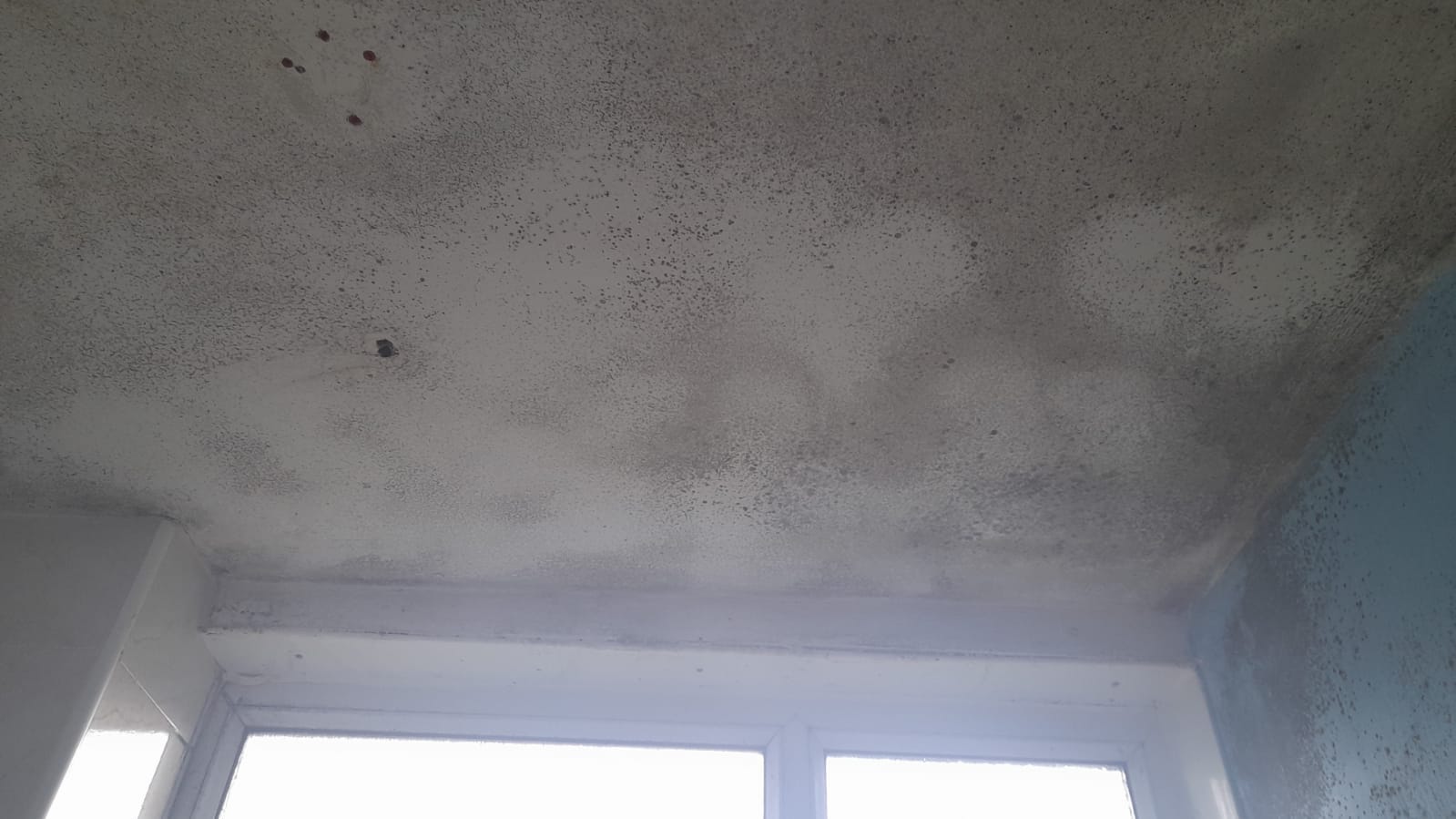Ceiling leaks and dampness can be the unwelcome surprise that turns your peaceful home into a waterlogged chaos. Picture this: a rainy Sunday morning, you’re sipping on your favourite hot beverage, and suddenly, drip, drip, drip. A ceiling leak can dampen not just your living room floor but also your spirits. In this article, we’ll explore strategies for preventing and repairing ceiling leaks, ensuring your home stays dry and cosy.
The Drip Dilemma: How Do You Stop a Ceiling from Leaking?
So, you’ve identified a leak in your ceiling – what’s next? First and foremost, resist the urge to grab a bucket and play firefighter. Instead, focus on locating the source of the leak. Is it a plumbing issue from the floor above, a damaged roof, or a crack in the ceiling itself?
1. Identify the Source Of The Leaking:
Begin your detective work by inspecting the ceiling. Look for visible signs like water stains, bulging paint, or sagging drywall. Once you’ve pinpointed the area, trace the leak back to its origin.
2. Inspect the Roof:
If the leak is coming from above, inspect your roof for missing shingles, damaged flashing, or clogged gutters. Clearing gutters regularly can prevent water from backing up and finding its way into your home.
3. Plumbing Check:
In multi-story homes, ceiling leaks are often due to plumbing issues. Check for burst pipes, loose fittings, or faulty seals in bathrooms and kitchens. Promptly addressing plumbing problems can save your ceiling from future aquatic mishaps.
4. Temporary Fixes:
While waiting for professional help, consider temporary fixes like placing a bucket under the leak and using towels to absorb excess water. This won’t solve the problem, but it can mitigate immediate damage.
Responsibility and Relief: Who is Responsible for a Leaking Ceiling in Social Housing?
In social housing scenarios, the responsibility for a leaking ceiling isn’t always crystal clear. Whether you own or rent, understanding who is responsible for what can help you navigate the murky waters of ceiling leaks.
Social Housing Tenants:
If you’re a tenant in social housing, it’s crucial to report any leaks to your landlord or housing association promptly. Document the issue with photos and keep a record of your communication. In many cases, landlords are responsible for structural repairs and maintenance.
What is the Landlord’s Duty:
Landlords in social housing are generally obligated to maintain the structural integrity of the property. This includes the roof, walls, and ceilings. If a leak is due to wear and tear or structural issues, the onus is on the landlord to arrange and fund the repairs.
Timely Reporting:
Tenants play a vital role by promptly reporting leaks to their landlords. Ignoring a leak can worsen the situation and may even lead to more significant damage. Responsible reporting ensures timely intervention and prevents the issue from escalating.
Legal Protections:
In the UK, tenants have legal protections regarding the condition of their housing. If a landlord fails to address a leaking ceiling promptly, tenants may have the right to take legal action or involve local housing authorities.
Strategies for Prevention: Keeping Your Ceiling Dry and Happy
Prevention is often the best cure, and this holds true for ceiling leaks and dampness. Let’s explore practical strategies to keep your ceiling in top-notch condition.
Regular Roof Inspections:
Schedule annual roof inspections to catch potential issues before they escalate. A professional roofer can identify and address problems like damaged shingles, worn-out flashing, or clogged gutters.
Proactive Plumbing Maintenance:
Regularly inspect plumbing fixtures and pipes for leaks, corrosion, or wear. Fixing minor issues promptly can prevent water damage to your ceiling and walls.
Ventilation is Key:
Proper ventilation is a crucial factor in preventing dampness. Ensure your home is well-ventilated, especially in areas prone to moisture buildup like bathrooms and kitchens. Exhaust fans and dehumidifiers can be valuable additions.
Seal the Cracks:
Inspect your ceilings and walls for cracks regularly. Hairline cracks can allow water to seep in, leading to dampness and eventual leaks. Seal any cracks with an appropriate filler to maintain the integrity of your home’s structure.
Repair Strategies:
Mending the Tears in Your Ceiling’s Fabric, If prevention falls short and your ceiling is already leaking, timely and effective repairs are paramount. Here are steps to tackle the aftermath of a ceiling leak.
Ceiling Patching: Depending on the extent of the damage, you may need to patch or replace parts of your ceiling. This is a task best left to professionals, as improper repairs can result in further issues.
Addressing Water Stains: Water stains on your ceiling can be unsightly. After fixing the leak, apply a stain-blocking primer and repaint the affected area to restore your ceiling’s aesthetics.
Mould Prevention: Dampness often leads to mould growth. Once the leak is fixed, thoroughly clean and disinfect the affected area. Consider using mould-resistant paint to prevent future mould problems.
Professional Help:
For severe leaks or extensive damage, enlist the services of professionals. Roofers, plumbers, and restoration experts can ensure a comprehensive and lasting solution to your ceiling woes.
Making a Housing Disrepair Claim with National Claims
National Claims understands the stress and inconvenience caused by ceiling leaks and dampness. If you find yourself in a situation where your landlord or housing association has neglected their responsibilities, we’re here to help. Our team of experts can guide you through the process of making a housing disrepair claim.
Documentation Assistance: National Claims provides support in gathering necessary documentation, including photos, communication records, and details of the disrepair. We understand the importance of a well-documented claim.
Legal Guidance: Our experienced team offers legal guidance to help you navigate the complexities of housing disrepair claims. We work to ensure your rights are protected and that you receive the compensation you deserve for the inconvenience and potential health risks associated with a leaking ceiling.
Efficient Resolution: National Claims strives for efficient and fair resolutions. We understand the urgency of addressing housing disrepair issues, and our team works diligently to achieve a satisfactory outcome for our clients.

Conclusion
In conclusion, a leaking ceiling is undoubtedly a headache, but with the right strategies, you can prevent, identify, and repair the damage. Whether you’re a homeowner or a tenant in social housing, taking prompt action and collaborating with professionals is key to keeping your ceiling dry and your living space comfortable. After all, a dry ceiling isn’t just about aesthetics – it’s about safeguarding the very foundation of your home. And if you find yourself facing neglect from your landlord, National Claims is here to provide the support and guidance you need to make a housing disrepair claim and seek the resolution you deserve.
Start your claim today with the help of one of our claims specialists by contacting us.
Click below to see why we are one of the most trusted claims management companies in the UK.

We’re proud of our excellent customer reviews
We thrive on delivering exceptional service and ensuring our clients’ satisfaction. Don’t just take our word for it. Check out some of our independent reviews to see what our clients have to say.
Excellent

This firm is excellent, they sorted out my car pay out and injury claim very fast, they always communicate with you all the time.

My accident case was dealt with confidence and with great result of the outcome, especially James kept me informed all the time.

I was very impressed at the way my inquiry was treated. I was listened to attentively and everything I needed to know was explained to me.






